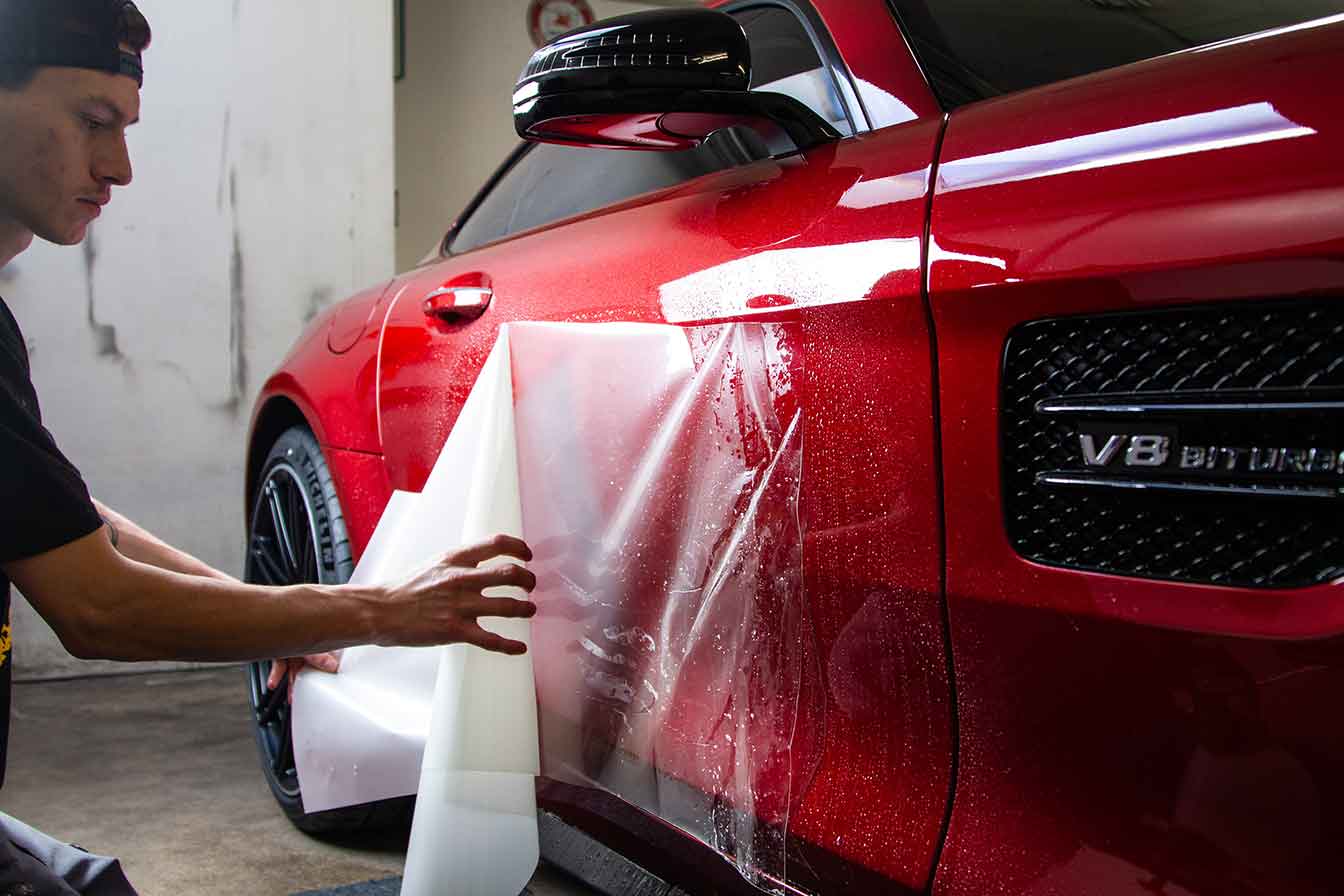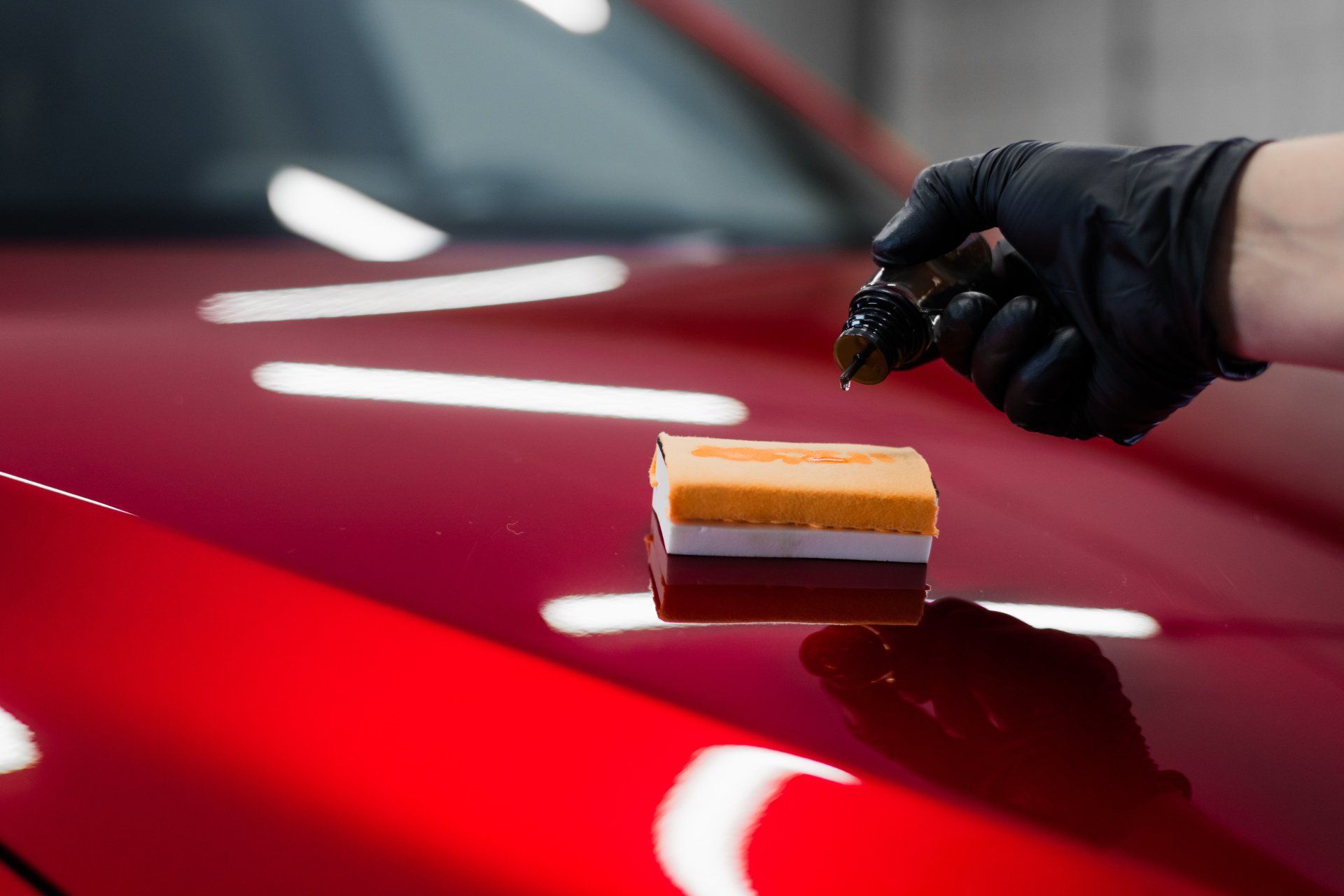A Comprehensive Guide to the Kinds Of Ceramic Coating on the marketplace
Ceramic finishes have actually emerged as a crucial remedy throughout numerous sectors as a result of their distinct properties and applications. From silica-based formulations known for their robustness to hybrid options that merge several benefits, the choices available can be overwhelming. Comprehending the nuances of each kind, including their specific advantages and ideal use instances, is important for making notified choices. As we explore the distinctive attributes and applications of these coverings, the ramifications for efficiency and long life become progressively noticeable, questioning about which kind could finest match your requirements.
Comprehending Ceramic Coatings
Ceramic coverings are innovative protective remedies that have obtained popularity in numerous industries, specifically in automotive and aerospace applications. These finishings include a fluid polymer that, when cured, develops a sturdy, hydrophobic layer on the surface area of the substrate. This layer supplies boosted resistance to ecological pollutants, UV radiation, and chemical direct exposure, consequently expanding the life and visual allure of the underlying product.
The essential part of ceramic coatings is silica, which adds to their firmness and longevity. The application procedure usually includes surface prep work, application of the coating, and healing, which can be attained via warmth or UV light. When treated, ceramic coatings exhibit phenomenal bonding residential properties, permitting them to stick strongly to a range of surface areas, consisting of metals, plastics, and glass.
In enhancement to their safety features, ceramic finishes additionally supply ease of upkeep. Their hydrophobic nature reduces the adherence of dust and crud, making cleansing simpler and less constant. Generally, the fostering of ceramic finishes stands for a substantial improvement in surface defense technology, giving both practical and visual benefits throughout numerous industries.
Types of Ceramic Coatings
Various kinds of ceramic coverings are readily available, each made to satisfy particular performance requirements and applications - Auto Detailing. One of the most typical kinds consist of:
Silica-based Coatings: These coverings primarily are composed of silicon dioxide and are understood for their durability and chemical resistance. They are extensively used in automotive and industrial applications.
Titanium Dioxide Coatings: Distinguished for their photocatalytic residential properties, titanium dioxide finishings are often used in settings where self-cleaning and antifungal properties are preferable, such as in structure materials and automobile finishes.
Zirconia Coatings: Identified by their high-temperature stability and thermal resistance, zirconia layers are made use of in applications such as generator engines and high-performance vehicle elements.
Alumina Coatings: Exhibiting excellent hardness and thermal security, alumina coverings are frequently made use of in wear-resistant applications, consisting of reducing tools and industrial machinery. - Auto Detailing
Hybrid Coatings: Integrating the residential or commercial properties of numerous products, crossbreed finishings provide improved performance qualities, making them suitable for distinct and demanding applications.
Each sort of ceramic coating serves distinctive purposes, allowing users to select the most appropriate remedy based on particular environmental problems and efficiency needs.
Advantages of Ceramic Coatings
Ceramic finishes, in certain, offer countless advantages that make them significantly prominent amongst makers and customers alike. These coverings are resistant to scrapes, chemicals, and UV rays, making sure that the underlying surface area continues to be protected over time.
In enhancement to resilience, ceramic finishes provide excellent hydrophobic buildings, permitting easy cleaning and maintenance. This water-repellent nature minimizes the adherence of dirt, grime, and other pollutants, which can extend the aesthetic appeal and functionality of the surface area. Ceramic coatings can considerably enhance thermal resistance, making them suitable for applications that endure high temperature levels.

Application Refine
When applying ceramic finishings, a precise method is essential to attain ideal results. A tidy surface area guarantees proper attachment of the finish.
As soon as the surface area is prepped, the following action is to use the ceramic finishing. The coating should be applied in slim layers, as thicker applications can lead to irregular coatings.
After application, the covering needs a details curing time, generally ranging from a few hours to a full day, relying on the item. Throughout this moment, it is important to prevent direct exposure to wetness or impurities. A mild buffing may be essential after curing to boost the gloss and remove any type of high areas. Complying with these steps faithfully will optimize the effectiveness and long life of the ceramic layer, offering a long lasting protective layer for the surface.
Upkeep and Long Life
To ensure Our site the longevity and efficiency of a ceramic layer, regular maintenance is important. Ceramic finishes, recognized for their sturdiness and safety high qualities, call for specific treatment regimens to maximize their lifespan and efficiency. The initial step in upkeep involves routine washing with pH-neutral soap, avoiding rough chemicals that can weaken the finishing. It is a good idea to wash the car on a regular basis, ideally every two weeks, to avoid the buildup of pollutants that can compromise the coating's stability.
In addition to routine cleaning, routine assessments are crucial. Search for indicators of wear or damage, such as hydrophobic residential properties decreasing or surface area blemishes. If needed, a light gloss may be put on revitalize the covering without stripping it away.
Moreover, the application of a booster spray can improve the covering's hydrophobic impacts and recover its gloss. This is particularly valuable for finishes that have actually been in use for an extensive period. Inevitably, by adhering to these upkeep techniques, one can significantly prolong the life of a ceramic finish, ensuring that it remains to supply optimal defense against environmental aspects and maintain the visual charm of the car.
Conclusion
